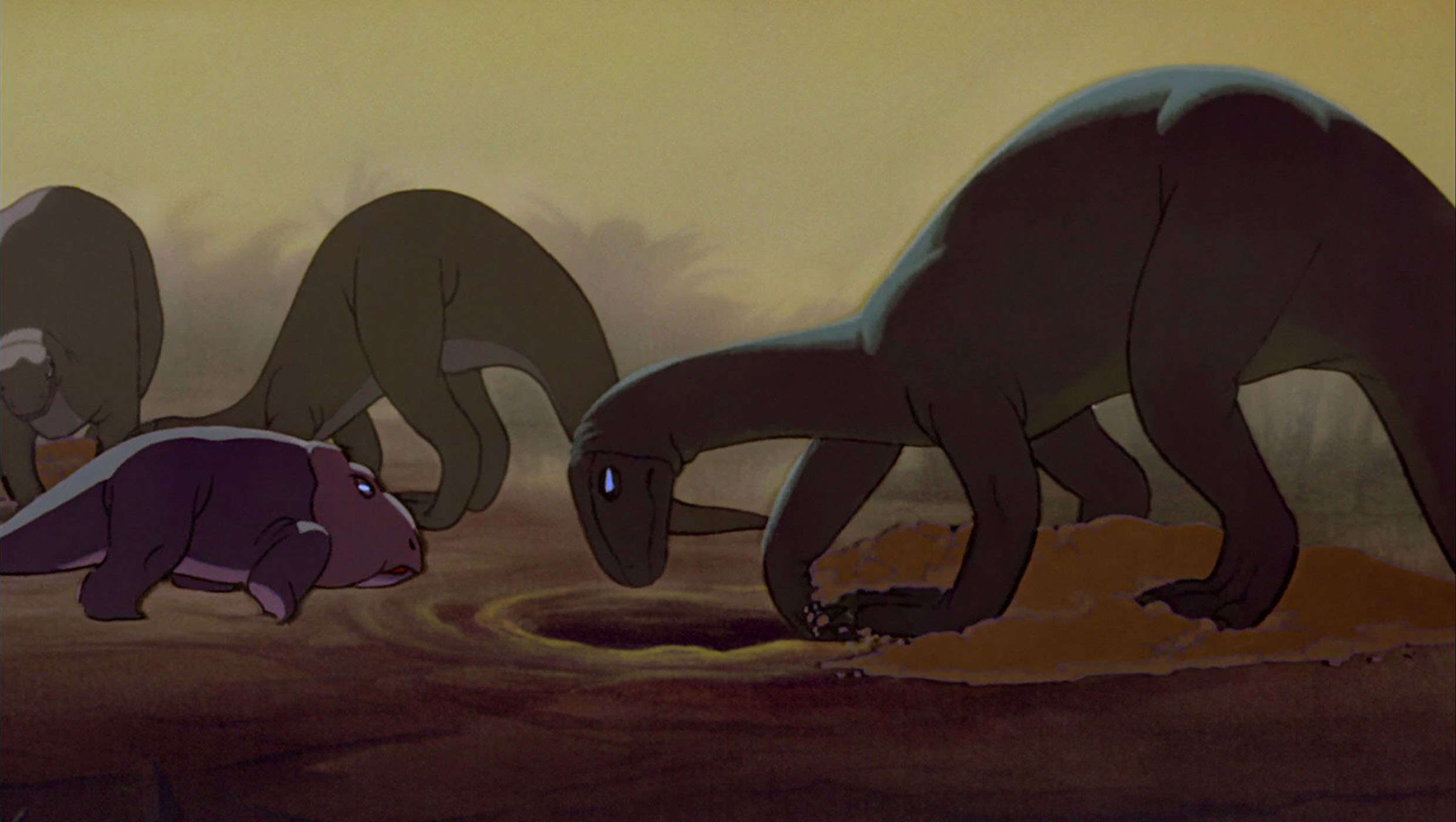Create a free profile to get unlimited access to exclusive videos, sweepstakes, and more!
This baby dinosaur was almost grown up long before it would have reached legal age

Not much was previously known about juvenile dinosaurs. That might be because they weren’t heavy enough to sink into the mud in which their parents ended up being fossilized.
Now, a new study on the impeccably preserved skeleton of a baby Plateosaurus studied by paleontologists at the University of Bonn has revealed that it at least appeared like a mini-adult from a young age, give or take a few tons. They were dead ringers for adults in both anatomical details (like skeletal features) and body proportions from the moment it hatched. That is definitely not the case in humans.
“Fabian,” as the skeleton is now known, is a rare find. Human variations between adults and juveniles are huge. Our bodies have to catch up to our heads as we grow, among many other things. Fabian, believed to have lived 220 million years ago, apparently didn’t have much catching up to do, as the proportions of its body are similar to that of an adult Plateosaurus. Even the morphology of its skull, and that of the plates and sockets of its vertebrae, are close to that of an adult. The only things that really mark him as a juvenile are the lack of sutures in his vertebrate, which are similar to the sutures in our skulls that only close up with time.
"The skeleton of 'Fabian' indicates that they already moved around on two legs, just like adult Plateosaurus
did." paleontologist Darius Nau, who coauthored study recently published in Acta Paleontologica Polonica, told SYFY WIRE. "This is significant because we have fossils of related dinosaurs
(Mussaurus and Massospondylus) that indicate that during growth they went through a transition from being quarupedal to bidpedal. The long bones of the forelimbs actually appear to be
shorter relative to the hindlimb than in any of the adult Plateosaurus skeletons that we looked at, so that would indicate the juvenile was less quadrupedal, not more."
Not all young dinosaurs were just about ready to get a driver’s license. Scientists have even mistaken juvenile specimens of T. Rex for another species recognized as Nanotyrannus before these individuals were determined to be immature T. Rex that hadn’t yet gone from svelte, swift hunters to lumbering terrors on two legs (though they did grow up pretty fast). This infamous carnivore had to survive into adulthood if it was going to take down some of the biggest meals of all time, which is why getting around quickly was an asset to the species in both catching prey and escaping predators before it reached adulthood. Adults had no predators to fear and could just put all their bulk and bite into being fear itself.
"Tyrannosaurus juveniles tended to have longer, more slender snouts, a more streamlined built and longer legs, we can infer that they were likely more specialized in running down fast prey than the adults, which were bulkier, had shorter legs and more robust skulls to deliver a powerful bite," said Nau.
Plateosaurus, on the other hand, didn’t need to bulk up as they grew up because they already had the same proportions as an adult. They just gained weight as they grew in size. “Fabian” is around 7.5 feet long and thought to have weighed anywhere from 90 to 130 pounds. If he had ever reached adulthood, he would have been anywhere from 16 to 33 feet and weighed in at some 4 tons, which is about 10 times heavier. There was little variation between juveniles and adults besides juvenile hands and necks being only slightly longer, and shorter arm bones as Nau previously mentioned.
It wasn’t just Plateosaurus juveniles that seemed as if they barely needed to grow up. Mussasuaurs roamed around on four legs when it was young, then stood on two later, but Nau's reserach has proven that Plateosaurus still had an edge when it came to developing early.
"Fossils of related dinosaurs like Mussaurus and Massospondylus indicate that during growth, they went through a transition from four-legged to two-legged locomotion," he said. "The ones rougly equivalent in age to Fabian are still somewhat intermediate in morphology between them and the adults, so at least they
would have had more of a tendency to walk on all fours than the adults."
What remains unknown despite its adult morphology is whether a baby Plateosaurus actually behaved like an adult, or was more comparable to a first-grader pretending to drive a car.
“Hypothetically, if juveniles behaved pretty much like adults, resembling the morphology of those adults would
have been evolutionarily advantageous and led to higher chances of survival than being morphologically very different," Nau said. "But we just don't know."
How Plateosaurus was fully developed at such a young age could give paleontologists more insight into how juvenile dinosaurs moved and how they managed to survive adulthood, if they did. It was an ancestor of the sauropod, and while thought to be omnivorous, it would evolve into some of the most gargantuan creatures to ever walk the earth. Being prey animals meant sauropods and their young needed to watch out for predators. Immense size and a heightened sense of smell helped them stay on the lookout, but not as much is known about whether the young ones had similar defenses.
"Something that’s weird about Plateosaurus is that
different individuals seem to have differed massively in their
development when it came to body size vs age," Nau said. "this might also apply to morphological development, but there is no way to test this hypothesis without more juvenile skeletons to study. If that were the case, then maybe Plateosaurus juveniles weren’t all mini-adults, but some would have started to look like adults more quickly than others, likely in a response to environmental factors."
Maybe the answer is still buried in 100-million-year-old mud that turned to stone somewhere.


























